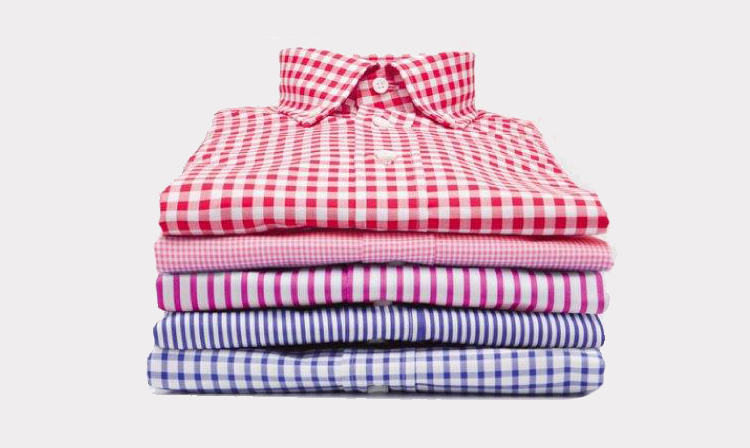Tagless PrintingMarch 12, 2018
Apparel Industry Overview: 5 Trends Affecting the Industry
Tagless Printing

Diving into 2018, the apparel industry overview is heading into uncharted waters but there are numerous developments that are going to have an impact in the industry this year: Changes in China, fast fashion manufacturing, millennials, competition in retail, and the rise of direct to consumer selling.
- Changes in China
Over recent years, China has been the largest exporter of textiles and apparel items in the world. However, offshoring to other countries has been a growing trend where production has been moved to lower costs. Countries such as Bangladesh, Pakistan, and Africa all have had a significant rise in textile manufacturing facilities. In turn, the shift in manufacturing locations has not helped China due, in part to, a smaller workforce in China and rising demand for better wage and working conditions. China will not stop being an apparel or textiles manufacturer but the country is finding itself paying more to workers and therefore manufacturing has become more competitive.
- Fast Fashion Manufacturing
“Fast fashion is the process of designing clothing that is very modestly priced and moving items from the design desk through manufacturing into retail stores around the world in sometimes as little as four, maybe even three weeks.” according to Jack Plunkett, CEO of Plunkett Research. Fast Fashion has been applying pressure to the apparel industry and making an impact.
- Millennials
Millennials account for a vast amount of the world’s population and as it pertains to the apparel industry, make up a large chunk of retail spending. Currently, millennials account for over 40% of all retail spending with that number estimated to continually grow over the upcoming years. Millennials, however, do have a hard time making up their minds when it comes to shopping. The problem is: millennials value high-quality products but they are only willing to spend between $10 and $20 per item. The situation puts retailers in a tough spot as they have to manage the supply chain and inventory differently in an attempt to satisfy the millennial’s needs.
- Competition in Retail
Companies in the retail sector are faced with several challenges in the industry such as high competition, real estate costs/rent, and high advertising costs. It’s 2018 where e-commerce and internet shopping is big business while brick-and-mortar stores are falling behind. E-commerce giants such as Amazon, eBay, and Zappos have taken the apparel industry to a new age with lower prices, detailed reviews, and convenient service.
- Rise of Direct to Consumer Selling
Direct consumer selling is allowing new businesses to hire manufacturers to create clothing for them, then sell it directly to consumers online at prices of about half of what shoppers are accustomed to seeing in retail stores. Direct to Consumer selling allows companies to maintain low overhead costs and bypass wholesale distributors as well as retail stores.
Back to Blog Home
Previous Post
April 5, 2018
Tagless Printing
Next Post
March 12, 2018
Tagless Printing

Add Your Comment